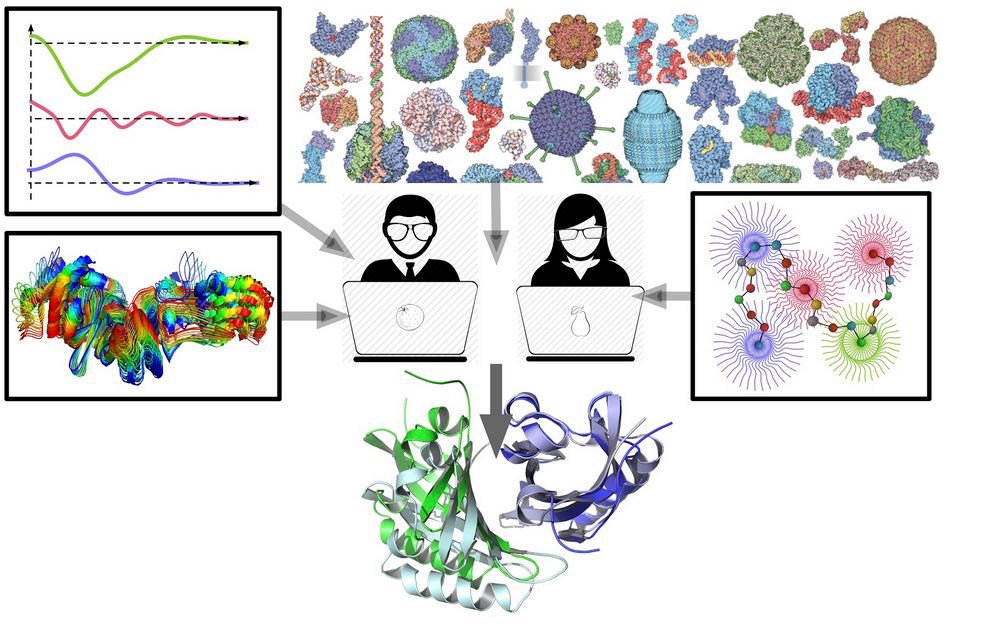Speaker
Description
Clays are negatively charged nanoplatelets with a layered silicate structure. It has been observed from small angle X-ray scattering measurements, and coarse-grained molecular dynamics simulations (CG-MD) that clay nanoplatelets are able to form stacks, known as tactoids, in the presence of divalent or multivalent counterions. In this thesis, the interactions between clay nanoplatelets and counterions of varying valency was studied by the use of atomistic MD, which are of higher resolution than CG-MD. The particular systems studied here are the clay mineral montmorillonite (MMT) with sodium or calcium as counterions, as well as the addition of deca-arginine (Arg$_{10}$), which is a cationic antimicrobial peptide (CAMP). Experimental studies and CG-MD, have shown that clays are able to sequester CAMPs within tactoids, thus indicating that it can be used as drug delivery vehicles for CAMPs. The aim of this thesis was to investigate whether atomistic MD can be applied to study freely moving clay nanoplatelets and their interactions with CAMPs, to aid in the acquisition of knowledge of such systems.
For this purpose the thesis is comprised of three studies of increasing complexity, simulating MMT systems with atomistic MD using the force field CLAYFF with the SPCE water model. In the first study, the distribution of sodium and calcium ions in the interlayer between MMT surfaces was studied, where a qualitative agreement was found with previous studies. In the second study, two freely moving MMT nanoplatelets were simulated in the presence of either sodium or calcium ions. It was seen that the platelets had attractive edge-to-face interactions regardless of the cation valency, however attractive face-to-face interactions only occurred at high calcium content, above 100 mM, for the platelets that were initially placed in close proximity. Lastly, in the third study, systems of MMT and $\textrm{Arg}_{10}$ were studied. The $\textrm{Arg}_{10}$ chains were modelled with the CHARMM force field, and two water models were used, SPCE and TIP3P. The number of $\textrm{Arg}_{10}$ chains that adsorb to the platelets increased with concentration until saturation occurred, where the total charge of the $\textrm{Arg}_{10}$ chains exceeded the platelet charge, resulting in overcharging, in agreement with experiments and CG-MD. In addition, it is seen that individual $\textrm{Arg}_{10}$ chains are able to interact with multiple platelets simultaneously, which may lead to intercalation within tactoids. However, atomistic MD of multiple platelets with $\textrm{Arg}_{10}$, did not exhibit tactoidal formation. Therefore, the process behind tactoidal formation is likely more complex than what CG-MD suggests. Although, the simulations here indicate that atomistic MD may capture tactoidal formation given the right circumstances, such as the initial configuration. Further research is required to receive conclusive results of these systems, however, this thesis has shown that atomistic MD is a promising method for studying clay minerals and CAMPs, and may elucidate the complex interactions involved, which is difficult to capture with experiments and not available at atomistic resolution with CG-MD.

